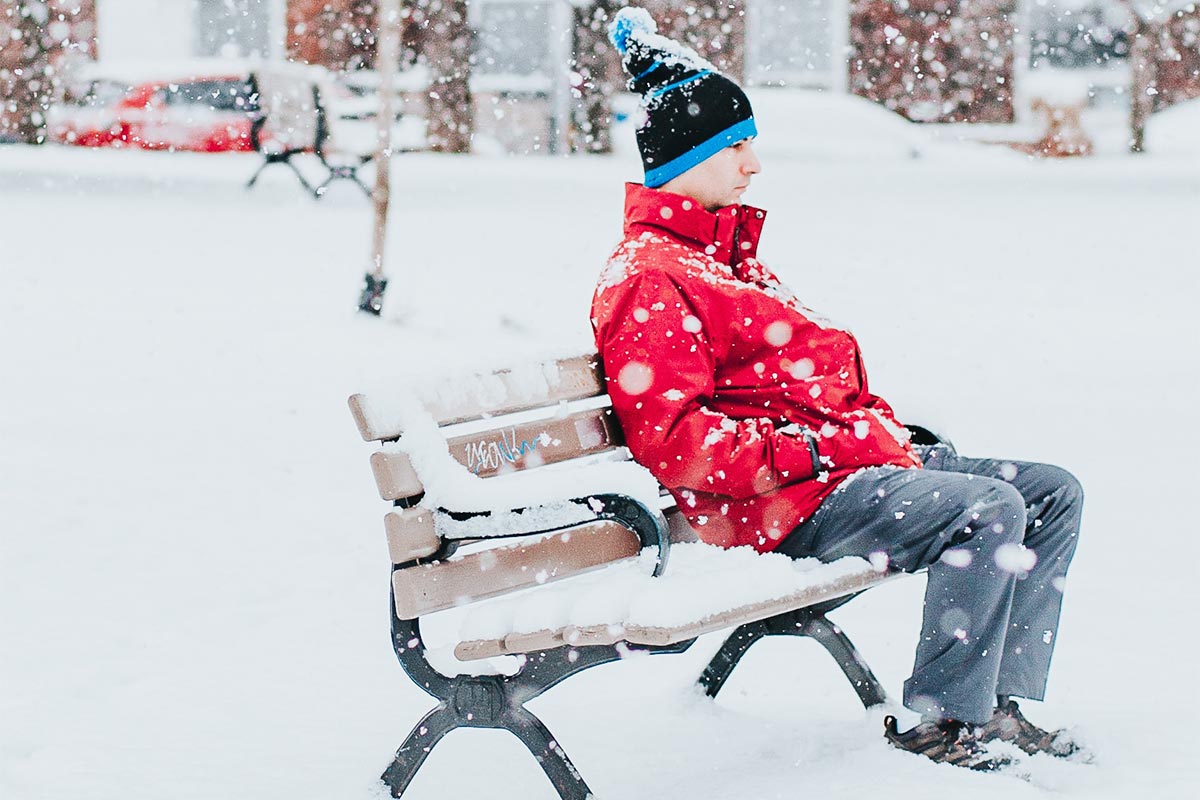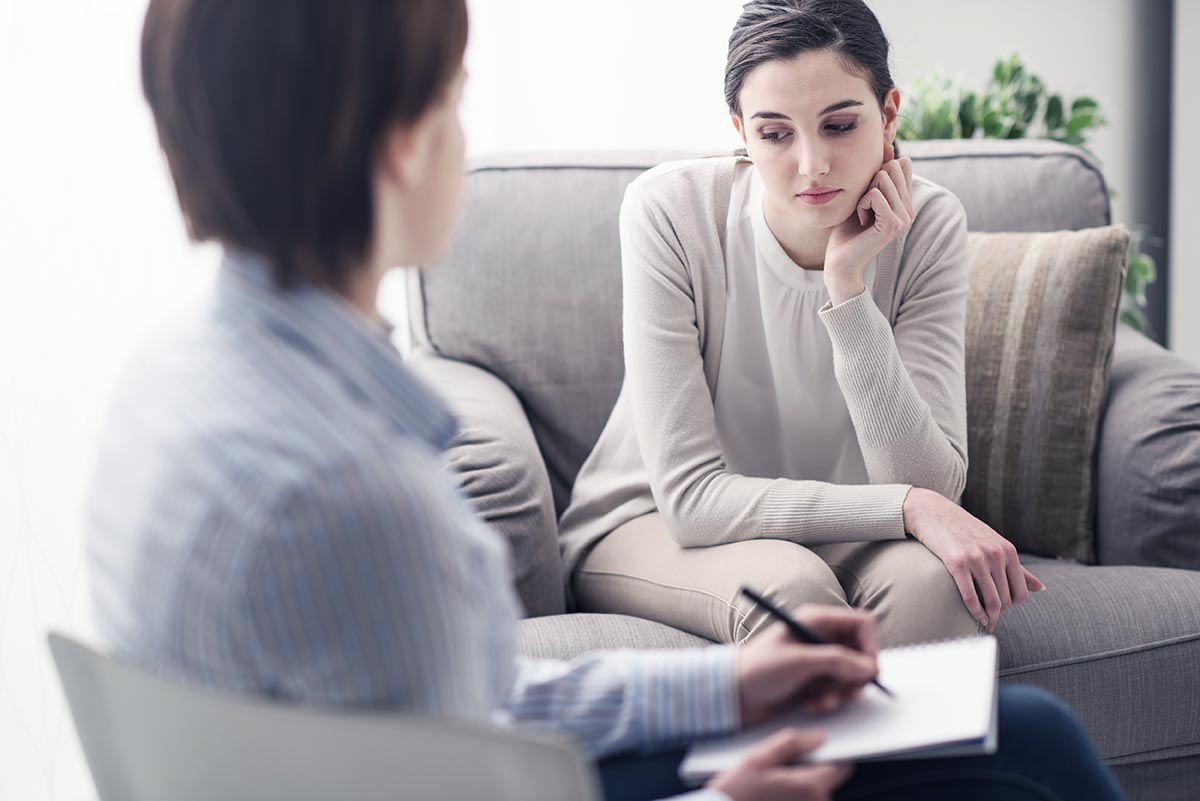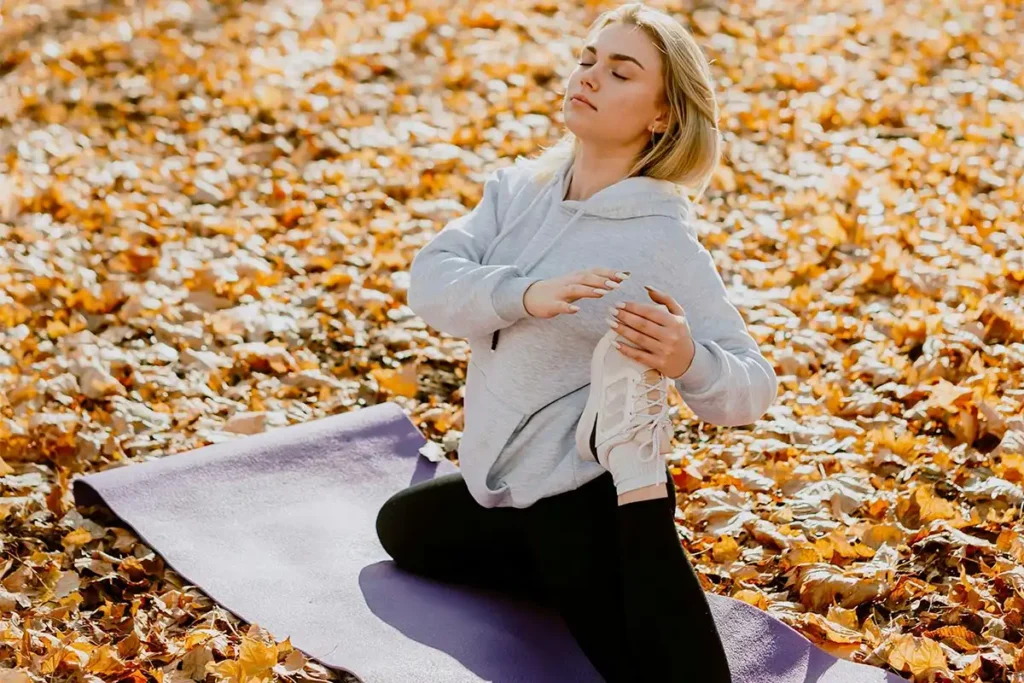Seasonal Affective Disorder or SAD is a diagnosable depression disorder that typically aligns with the winter months. Here, reduced light and vitamin D are thought to negatively impact the mood, resulting in seasonal bouts of depression. People who experience SAD frequently experience lethargy, low mood, sadness, fatigue, difficulty sleeping, poor concentration, and even suicidal ideation. It most often goes away when the days start to get longer and there’s more light. However, it may not. In addition, living with depression for half of the year, every year, is not something that anyone should have to do.
Luckily, seasonal affective disorder is a treatable mental health disorder. Many people will not recover completely. However, you can manage your symptoms to put them into remission. You can reduce your symptoms as much as possible to improve your quality of life. And, those steps will help a great deal.
Treating Seasonal Affective Disorder
Managing Seasonal Affective Disorder starts with getting treatment for it. That typically starts with intensive treatment where you first reduce the impact of the symptoms then you learn skills to reduce the long-term impact of those symptoms. For example, first you get light therapy, medication, and therapy to reduce the impact of SAD right now. Then, you get therapy and counseling to help you learn how to manage symptoms for the long-term, so they are less severe when they come back. Both of these approaches are important for a longer-term improvement to your life.
In addition, the treatment you get will depend on your mental health and any other diagnoses you might have.
Light Therapy
Light therapy is often the first step of treating seasonal winter depression. In most cases, that means taking 30-60 minutes per day to sit in front of a full spectrum light. This may mean you get a lamp which you have to sit in front of every morning before starting your day. You’ll typically start with daily sessions that eventually turn into 2-3 days per week of maintenance sessions. Light therapy must be conducted through a doctor so that you can have someone measure your progress to see if it is there at all.
Light therapy is very often effective at helping with seasonal winter depression. That’s so much the case that you may not be provided with any other form of treatment until you’ve shown yourself to be unresponsive or not responsive enough to light therapy. If your symptoms don’t go away or continue to worsen, your light therapy will be followed up with medication or behavioral therapy or both.
Medication
SSRI’s or selective serotonin reuptake inhibitors are the second most common treatment for seasonal affective disorder. Here, you’re typically prescribed an SSRI for 3-6 months, which will give your brain time to recover and return to normal. After that period, you’ll be asked to taper off the drug so that you can check the efficacy of the treatment. In most cases, SSRIs are used as a chemical intervention while you receive behavioral therapy on the side to help you learn to manage symptoms.
Many people prefer not to use medication for seasonal affective disorder because the medication lasts longer than the symptoms would. However, medication may be necessary to improve your quality of life while you get treatment and learn to manage symptoms in other ways. Therefore, it’s always a good idea to talk to your doctor to assess what’s beneficial for you and your overall mental health. SSRI’s can be the tool you need to get enough in control to adapt with therapy and for other treatments to be effective.
Therapy
It’s important to note that behavioral therapy on its own is almost never enough to treat SAD. Why? Seasonal winter depression is a chemical imbalance in your brain. It normally means your brain is responding to the lack of light by failing to produce enough serotonin. There’s no amount of therapy that will fix this.
However, you can learn healthy ways to cope with feeling down. You can learn tools to get out of negative thought patterns. You can learn coping mechanisms for feeling bad. That means that you can’t learn to feel better. However, you can learn to avoid making yourself feel worse. And, that can be a powerful way to manage your seasonal affective disorder. “I can’t make this go away but I won’t make it worse”.
Therapy can also help you to recognize what you need to feel better. It can help you build good habits, good thought patterns, and better ways to socialize and reach out. It can help you to learn to recognize when you’re starting to do badly. It can help you learn how to ask for help before you really need it so that you can get preventive therapy rather than emergency treatment. That will eventually help you to keep your seasonal affective disorder in check over the longer term – rather than providing immediate relief to a chemical imbalance.
So, eventually, good treatment is about getting both.
Lifestyle Changes
Often, lifestyle changes can help you to improve how you manage seasonal affective disorders a great deal. For example, if you make it a habit to go out for a walk or a run every day, you’ll have more exposure to light even in the darkest months (unless you live somewhere like Alaska). Exercise can also help you to control and regulate your mood, so you feel better in general. That won’t always be the case and people with the best habits can still suffer significantly from SAD.
Other lifestyle changes like taking time and attention for your space to make yourself feel good about it and in it can also help with your mood. Taking time to eat healthy food can also be important for long-term mood and emotional regulation. However, without knowing where you are with those steps now, it’s hard to give advice. Therefore, you’ll always want to talk to your doctor and your therapist. Here, you can request specific advice tailored to your situation, your capabilities, your time, and your interests. Not everyone will want and need or be able to do everything, so finding compromises and working to maximize happiness and mental health will be important for long-term seasonal winter depression management.
Seasonal affective disorder impacts an estimated 30 million Americans. This means that just under one in ten of us experience winter depression. Learning how to manage that over the longer term will ensure you have the tools to live as happy and as healthy of a life as possible within the constraints of a medical disorder. If you have another disorder on top of SAD, you might have an even harder time and may also benefit from recurring treatment, therapy, and people to check up on you. And, while ideally winter depression goes away when the winter ends, that often isn’t the case. You may need real interventions to help you break out of low mood, fatigue, and feeling bad all the time. All of that means reaching out, asking for help, and going to therapy – as well as getting medication or light therapy.
Good luck with treating and managing seasonal winter depression.
Stairway Recovery Homes has several sober living homes located in great areas of Los Angeles, California. We feature effective, community-based recovery homes for both men’s only sober living and women’s only sober living.

SEO and Digital Marketing Expert
Jim Sugel is an SEO and Digital Marketing Expert in addition to having achieved the coveted Google Partner status for PPC expertise. Prior to focusing on Digital Marketing, Jim worked in Information Technology roles at a variety of national firms as a software engineer and consultant, resulting in many years of professional coding and consulting experience.
Jim holds a Bachelor of Science, cum laude in Computer Science and Psychology from Loyola University Chicago. After relocating to Southern California from his native Chicago, he became involved in the recovery industry here, discovering a natural niche in helping treatment centers with Digital Marketing and other technology projects. Jim is the Founder and CEO of Airtight Digital, a firm that specializes in digital marketing for the behavioral health industry.
His other interests include hiking, canyoneering, urban exploration, and screenwriting. Jim now lives in beautiful and sunny Orange County, California.




